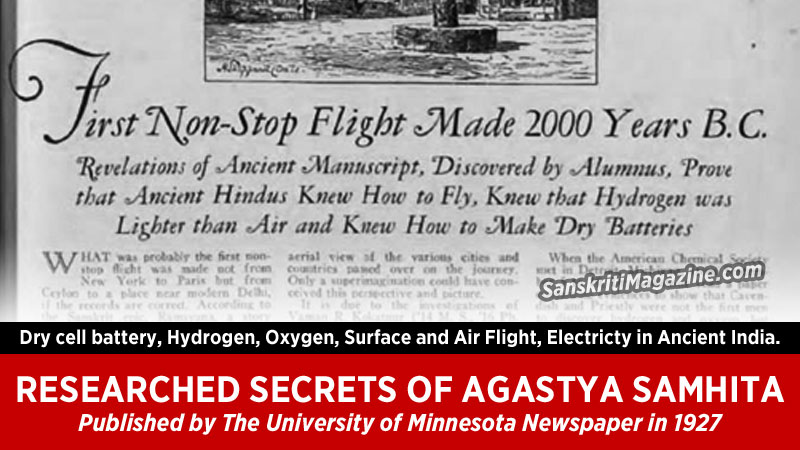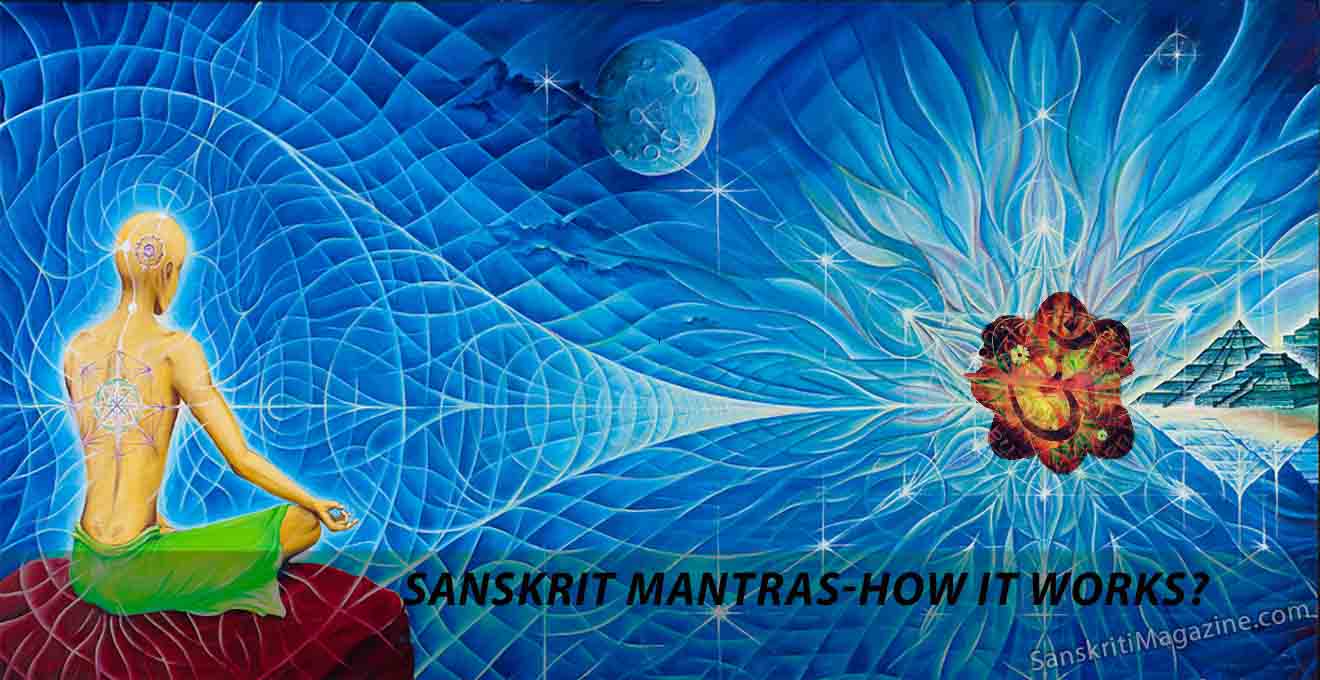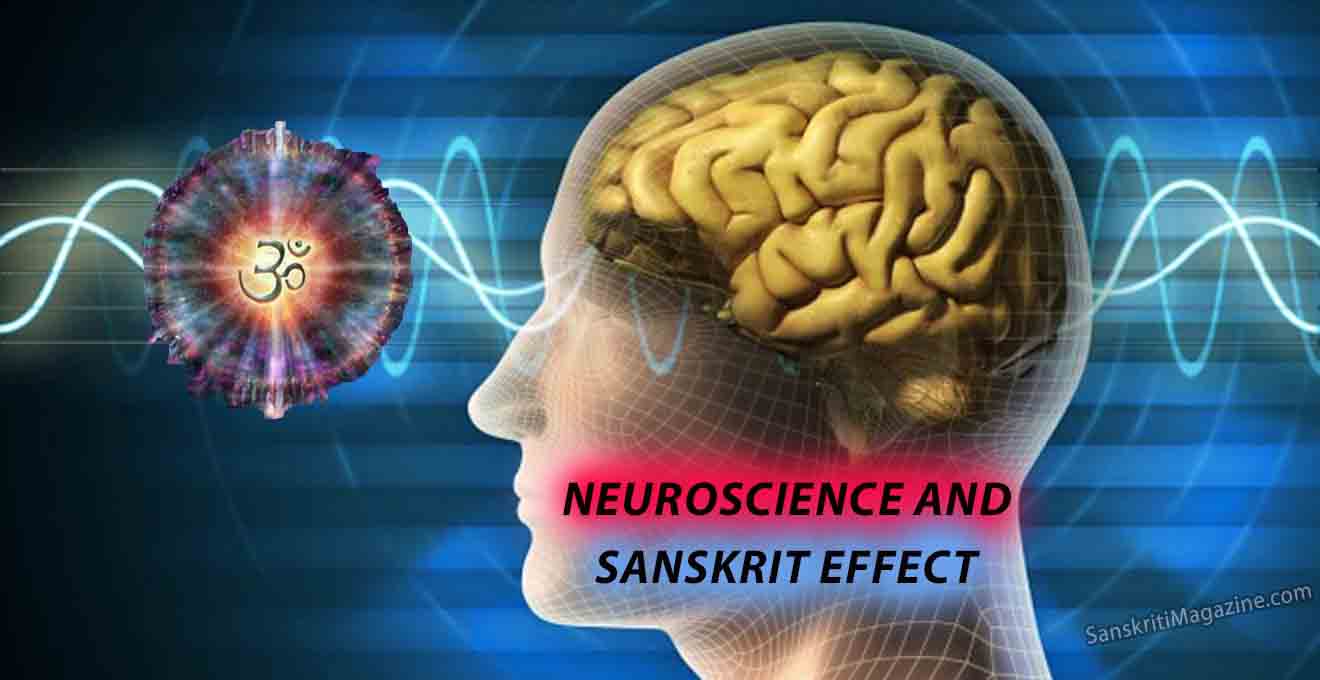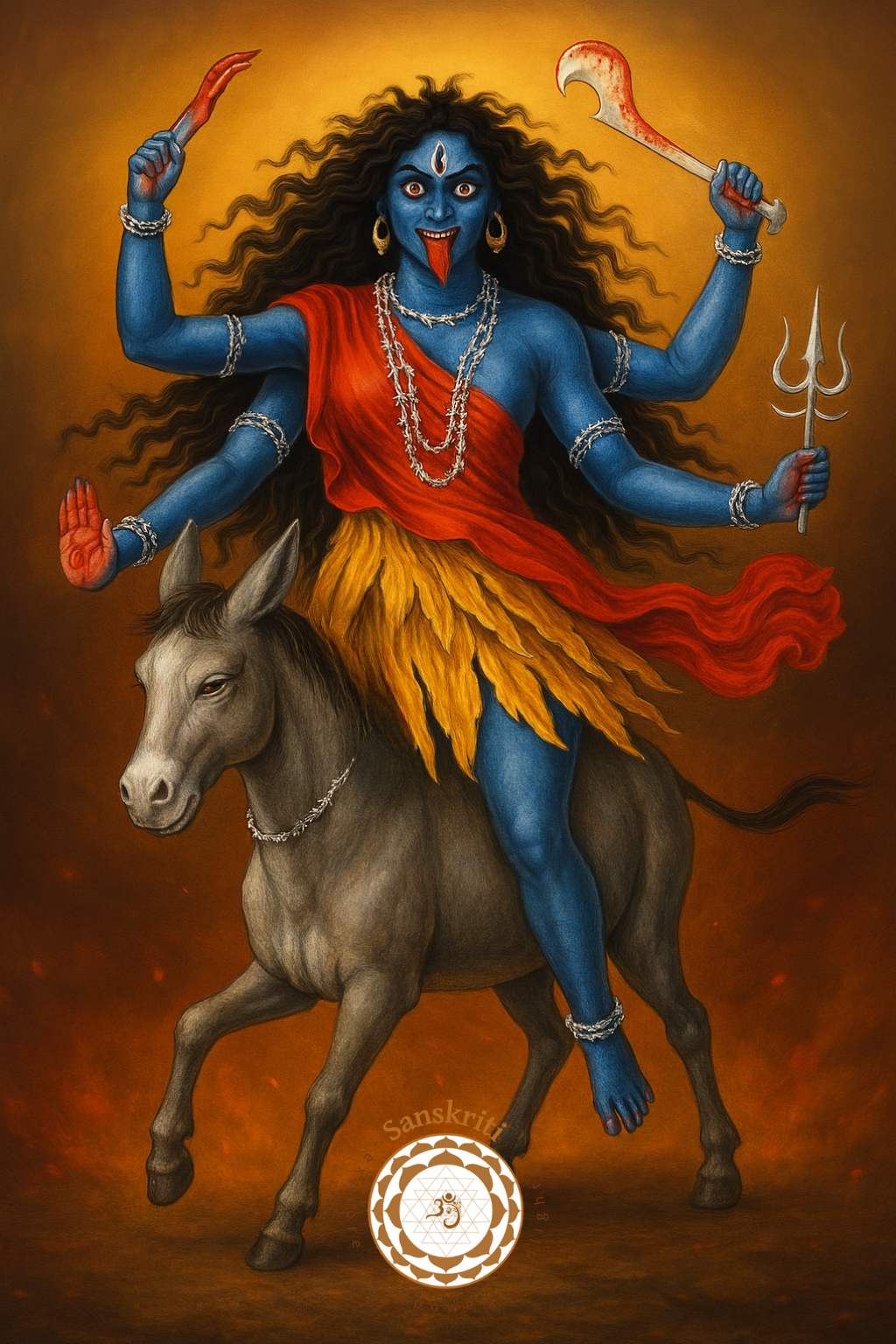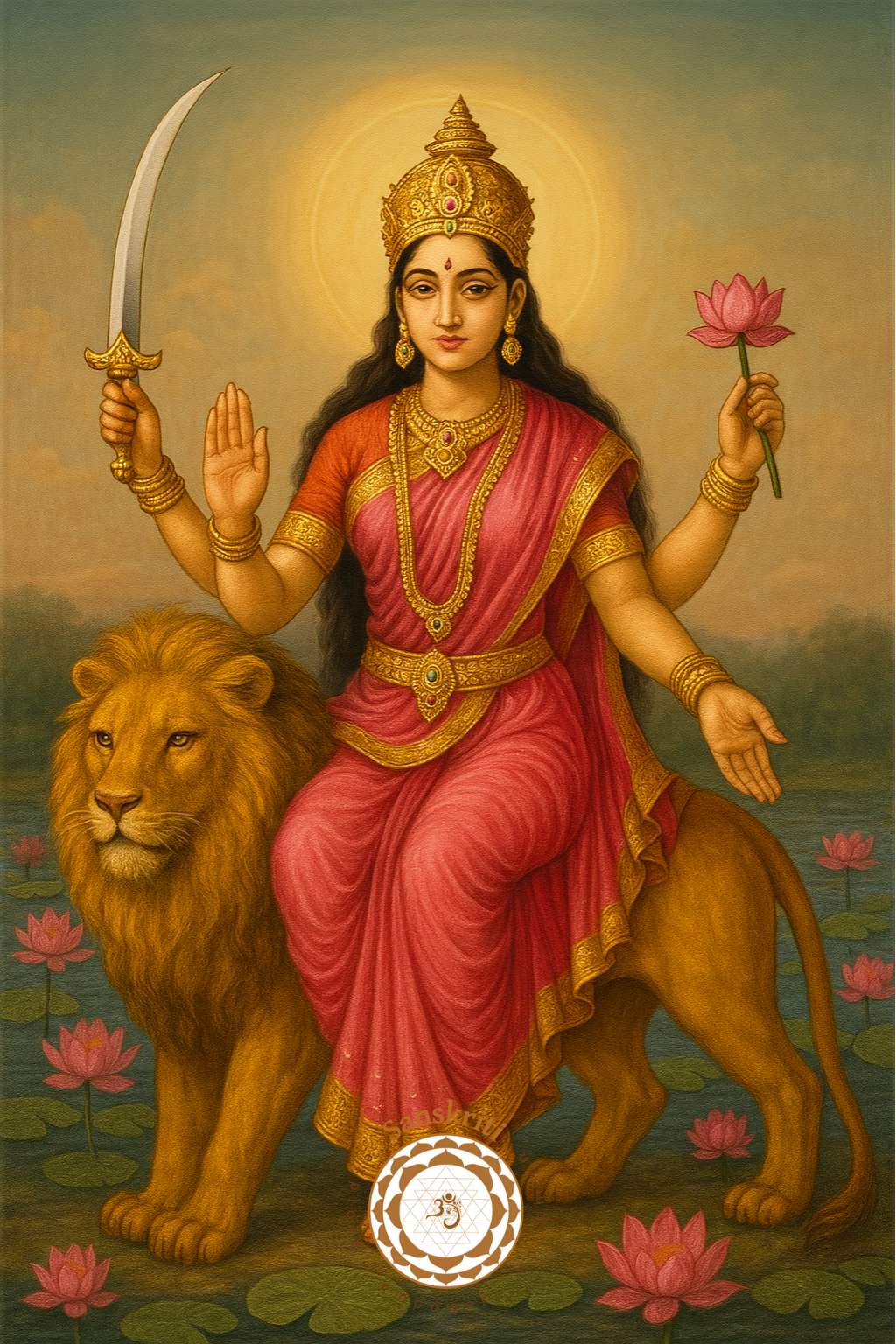What was probably the first non-stop flight was made not from New York to Paris but from Ceylon to a place near modern Delhi, if the records are correct.
According to the Sanskrit epic, Ramayana, a story many centuries older than the Greek epics, an Indian king made this trip in a balloon in five days. His carriage was called “Pushpaka”, meaning “butter-fly-like” and the epic contains a detailed account of preparations for the flight, with a vivid description of the balloon itself.
What is more convincing evidence that the trip was actually made, is the fact that the poem contains an accurate and beautifully written description of an aerial view of the various cities and countries passed over on the journey. Only a super imagination could have conceived this perspective and picture.
It is due to the investigations of Varam R. Kokatnur (’14 M.S., ’16 Ph.D) that this and many other fascinating discoveries about the learning of ancient India have been made available. Dr. Kokatnur is a consulting chemist by profession, having his business in New York City; but his hobby is the study of hieroglyphics; and it was while tracing the relation of Sanskrit to the hieroglyphics that he discovered valuable information which will greatly affect our present knowledge of history of chemistry.
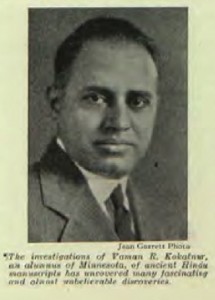 When the American Chemical Society met in Detroit, Michigan, from September 5 to 10, Dr Kokatnur read a paper containing evidences to show that Cavendish and Priestly were not the first men to discover hydrogen and oxygen, but that these gases had been known to the sages of ancient India, and then he read a second paper to show that chemistry was of Aryan and not Semitic origin.
When the American Chemical Society met in Detroit, Michigan, from September 5 to 10, Dr Kokatnur read a paper containing evidences to show that Cavendish and Priestly were not the first men to discover hydrogen and oxygen, but that these gases had been known to the sages of ancient India, and then he read a second paper to show that chemistry was of Aryan and not Semitic origin.
After listening to the proofs he offered, members of the convention gave the author a special vote of thanks for the originality and value of his researches and agreed that his evidences were conclusive. The papers, as read by Dr. Kokatnur, will soon be published in the Isis, a scientific journal published in many languages. The publication of this article in the ALUMNI WEEKLY precedes all other announcements.
Dr. Kokatnur is a native of India, educated in Bombay University and the University of California as well as Minnesota. He was a Shevlin fellow in Chemistry, is a fellow of the American Institute of Chemists, a member of Sigma Xi and many other scientific societies.
While working on his study of hieroglyphics, he came across a Sanskrit book which contained four pages of an old but well-known manuscript which was written in 1350 and contains the collected writings of Agastya. These few pages were discovered by Vase in the library of an Indian prince, in 1924, in Ujjain, India.
Agastya is a sage whose name has been mentioned in Indian writings as far back as 2000 B.C. Consequently, this manuscript, which is known as “Agastya-Samhita” if authentic, is extremely old as far as source material is concerned, belonging to post-Vedic and pre-epic times.
Being a chemist, Dr. Kokatnur naturally seized this manuscript with avidity for the sage Agastya is credited with being the discoverer of hydrogen and oxygen, the dry electric battery, electro-plating, kites, hot-air blimps and propelled balloons. In fact, he is named variously after his discoveries, in contrast with the present practice naming the discoveries after one’s name. Thus he is called “pot-born” (dry electric battery); “cathode-anode” (electricity); “conquerer of kites and blimps”, and so forth. It is as if we should call Henry Ford, “Flivver”, and Mr Edison “incandescent lamps”, “movie” or “Dictaphone”.
Also read : Between Folklore and Astronomy Agastya, A sage and a star
In this manuscript, the mention of hydrogen and oxygen is made only incidentally in connection with the construction of the balloon. Of course, Agastya did not know the gases by these names, but his terms for them are more specific than ours. Hydrogen is called “upfaced” because of its lightness; while oxygen is known as “vital” or “essential to life”. He did not use the word “gas” but called them “airs”. In the English language, hydrogen is so-called because water is generated by its combustion, and oxygen was named by Lavoisier from the Greek root meaning “acid” because he believed it to be an essential part of every acid. In the German language, hydrogen is “wasserstoffe” and oxygen “sauerstoffe”, meaning the same but being also inaccurate, for all acids do not contain oxygen. How much more accurate were Agastya’s names than ours? The originality and aptness of these names is cited by Dr. Kokatnur as one evidence that the manuscript must be authentic.
Chemists at the convention gasped when Dr. Kokatnur read to them the following translation of the method of making a dry electric battery which was written centuries before the Christian era:
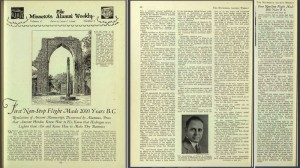 “A well-cleaned copper plate should be placed in an earthen-ware vessel. It should then be covered first by moist sawdust. Mercury amalgamated zinc plate should then be placed on the top of the saw-dust. By their contact a light known by the twin-names Mitra-Varuna (cathode-anode or electricity) is produced. The water is split up by this into gases, Vital and Up-faced. The joining together of hundred such vessels is very active or effective.”
“A well-cleaned copper plate should be placed in an earthen-ware vessel. It should then be covered first by moist sawdust. Mercury amalgamated zinc plate should then be placed on the top of the saw-dust. By their contact a light known by the twin-names Mitra-Varuna (cathode-anode or electricity) is produced. The water is split up by this into gases, Vital and Up-faced. The joining together of hundred such vessels is very active or effective.”
From his knowledge of Chemistry, Dr. Kokatnur recognized that this was the method used in making a dry battery, but did not know what part the mercury amalgamated zinc plate had in the reaction until he consulted a battery maker who explained that it prevented polarization.
Continuing, Agastya said:
“When the “up-faced” is filled in an air-proof (impervious) bag and the bag is tied at the head of the vehicle, the “up-faced” due to its lightness carries the vehicle in the sky.”
Then the process of air-proofing the balloon bag is explained. This is to be done by dipping a silk bag in the bark of trees which produce a milky juice (probably rubber). After the first immersion and drying it was again dipped in the juice of another tree which contains tannin. Then it is dried again, coated with wax, and at last coated with some kind of mixture made from sugar and lime.
Only to a chemist would the original translation have meant anything, for the manuscript does not specifically state that tamin is the second juice used. The tree is named, and from his knowledge of Chemistry, Dr. Kokatnur deduced that the desired juice might be tannin for that is one of the chemicals contained in the sap of this particular tree. He consulted a rubber chemist and found that tannin will coagulate rubber (latex).
After he has explained the process of making a dry electric battery, the sage Agastya gives us the process of electroplating:
“(This great light) plates the copper with gold or silver in the presence of acidified water and the metal that is combined with saltpeter. The gold-plated copper is called “hundred pot born”. Apparently the metal combined with saltpeter is either gold nitrate, gold chloride or gold cyanide.
According to ancient literature, the Indians of pre-Christian times knew the laws of air and water and recognized that they were similar, except that in water one moves on the surface and in the air one must travel through the body of the matter. Manuscripts written in 800 B.C. show that they had a knowledge of physics, for it is specifically stated that light, heat and sound exist in waves.
They knew how to take advantage of currents both in the air and on the water. Their balloons were steered by sails and guided by specially bred birds which must have been crossed to produce a bird of unusual strength which could be easily trained. Hundreds of such birds were tied to the balloon described in the epic, Ramayana. In the translation made by Romesh C Dutt, which is a condensed version of the Sanskrit original, we find in Book Five that Rama, the hero, had met and consulted with Agastya. Dutt says:
“The wanderings of Rama in the Deccan, his meeting with Saint Agastya, and his residence on the banks of the Godavari river, are narrated in this Book. The name of Agastya is connected with the Deccan, and many are the legends told of this great Saint before whom the Bindhya mountains bent in awe, and by whose might the Southern ocean was drained. It is likely that some religious teacher of that name first penetrated beyond the Vindhyras in the Deccan, three thousand years ago.”
According to the epic, Agastya gave Rama magic weapons with which to conquer his foes. There is not space here to relate the story, but it closes with Rama, returning home victorious with his rescued bride Sita, in an aerial carriage. Dutt’s translation continues:
“Mark my love,” so Rama uttered, as on flying Pushpa car,
borne by swans, the home-returning exiles left the field of war.
Lanka’s proud and castled city on the Trikuta’s triple crest,
As on peaks of bold Kailasa mansions of Immortals rest!
See my love, round Ceylon’s island
how the ocean billows roar
Hiding pearls in caves of corals, strewing shells upon the shore,
And the causeway, far-extending –
monument of Rama’s fame –
“Rama’s Bridge” to distant ages shall our deathless deeds proclaim!
See the rockbound fair Kishkindha and
her mountain-girdled town,
Where I slayed the warrior Bali, placed Sugriva on the throne.
And the hill of Rishyamuka where Sugriva first I met,
Gave him word – he would be monarch
ere the evening’s sun had set.
See the sacred lake of Pampa by whose wild and echoing shore,
Rama poured his lamentations when he
saw his wife no more,
And the woods of Janasthana where
Jatayu fought and bled,
When the deep deceitful Ravan with
my trusting Sita fled.”
Of course, such poetic descriptions have always been given legendary, poetic interpretations, but we know that many arts known to the ancients have been lost.
No one can say definitely that this balloon flight as described was actually made, but Dr. Kokatnur has a number of evidences to substantiate his belief in the authenticity of the manuscript, Àgastya-Samhita`.
“In the first place”, he says, “the fact that the voltaic cell was discovered only a century ago and that the remedies to prevent polarization were discovered still more recently, indicate that the manuscript, to include these elements must be, if a fake, of very recent origin. It is easy to detect if a manuscript is 50 years or several centuries old by examining the condition of the paper and writing. These appear to be in favour of its authenticity. Further, it is not often that a man is well enough versed both in science and language to execute a fraud successfully is found.
“In India the knowledge of the sciences is only available in the English language. It is doubtful if any Indian English-educated chemists – there are no electro-chemists by the way – know the fact that amalgamated zinc prevents polarization, and if one did, the chance of his knowing Sanskrit well enough to fake such a manuscript is remote.”
“The names of the twin-gods “Mitra Varuna” is very old and is even mentioned in Rik-Veda. The word “Mitra” means “friend”, “an ally”, in other words, “cathode” because a deposit is made at this place. “Varuna” means “liquefied or enemy” (of zinc) and therefore “anode”. The use of such a twin word with such a significant meaning is certainly highly original.
“Similarly the names “prana” “vital life” and “udana” (up-faced or upward-moving) for oxygen and hydrogen are equally original and significant.
“Hindus seem to know of gases and there is no question of the antiquity of such knowledge. From times immemorial, the twice-born castes of India have repeatedly chanted certain prayers, wherein som of these gases are mentioned. One of the prayers of undoubted antiquity, repeated every day in India by the twice-born at the time of meals, somewhat in the spirit of a Christian blessing, is as follows:
“I reside in the animal body in the form of digestive fire (animal heat) and with the aid of Prana and Apana gases, digest the four kinds of foods”.
“If the knowledge of these gases were an isolated instance, one might well believe the fraudulent nature of this manuscript. But the high concurrent knowledge of Chemistry in India is a never-to-be-disputed fact. Their knowledge of the preparation of mild and caustic alkali several centuries before the Christian era, their knowledge of aqua-regia in potential, the detection of metals by the colour of their flames, the recognition of zinc as a distinctive metal many centuries before it was definitely known as such in Europe, and above all the great monuments like the ten-ton wrought iron gun at Nurver, as prerequisites point to the authenticity of this manuscript.”
~ The Minnesota Alumni Weekly, Volume 27, Number 3, July 1927. Edited by Leland F. Leland

